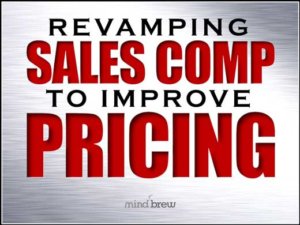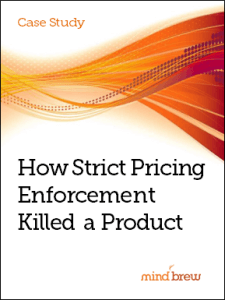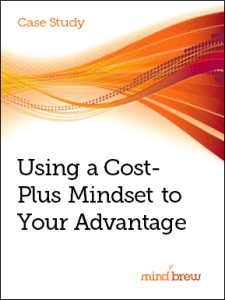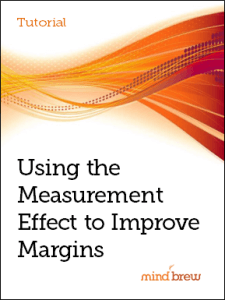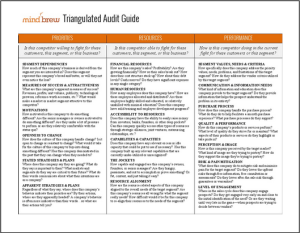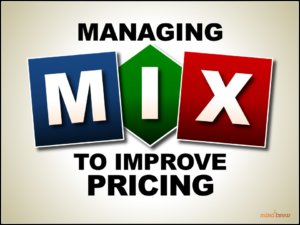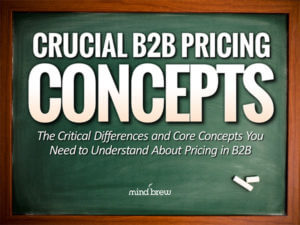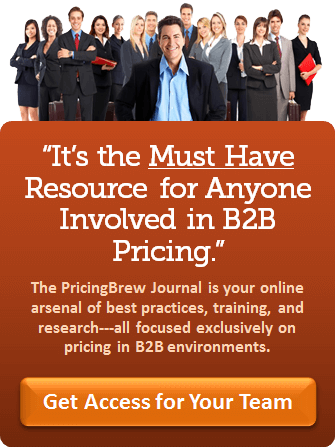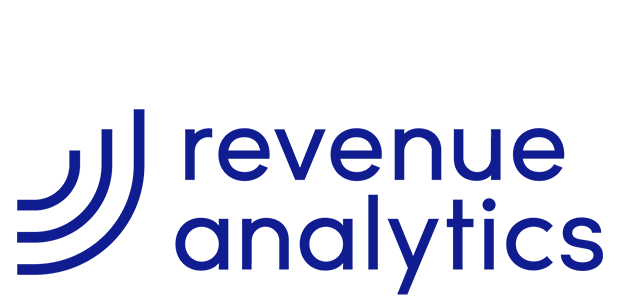In the 1970s, economist Charles Goodhart coined a saying that became known as Goodhart’s law:
Any observed statistical regularity will tend to collapse once pressure is placed upon it for control purposes.
His original words are a little tough to parse, but fortunately, other people have restated this law as
When a measure becomes a target, it ceases to be a good measure.
Or
Any statistical relationship will break down when used for policy purposes.
In essence, what Goodhart’s law means is that when people know that you are measuring something, they will focus on doing the thing that is being measured — even if it isn’t in the best interest of the organization’s overall mission.
You can see this concept play out in lots of places in real life. For example, if cops know that they are being judged based on the number of citations they are writing, they will give out a lot of tickets, even if that isn’t making a community any safer. If teachers know that getting a raise depends on their students’ test scores, they will teach to the test, even if that doesn’t do the best job of preparing their students for the future. If surgeons get ratings based on how many patients die under their care, they will turn away difficult patients, even if they think they might be able to help. If CEOs have bonuses tied to stock value, they will do what they can to juice the share price, even if it isn’t in the organization’s long-term best interest. If customer service reps are required to answer a certain number of calls per hour, a lot of those customers are going to get pretty shoddy service.
You can probably think of more examples of your own. When it comes to pricing, we have seen Goodhart’s law in action in a couple of key areas:
- Sales comp. Many pricing practitioners understandably advocate in favor of moving the sales team’s pay away from being revenue based. We support that goal, but only if you are considering all the ramifications of Goodhart’s law as you make the change. Check out Revamping Sales Comp to Improve Pricing and How Strict Pricing Enforcement Killed a Product.
- Pricing analysis. A lot of organizations use average sales prices as a helpful metric to see how well their pricing efforts are going. But that can backfire when sales teams don’t try to get higher prices when they can or when they walk from a deal that could have been profitable at a lower price. We cover this in more depth in When Average Selling Prices Hide the Truth.
Of course, the flip side of Goodhart’s law is that you can also use it to your advantage. When you understand the law, you can use it to shape your team’s behavior in desirable ways.
For example, if you start ranking the salespeople by who gets the closest to the pricing targets, you will find that they suddenly get a lot better at hitting those targets — even if you aren’t tying any portion of their pay to price attainment. And if the company knows that the pricing team is tracking margins, you will probably find that margins get better before you start to make process improvements.
You can find some more examples in Using a Cost-Plus Mindset to Your Advantage and Using The “Measurement Effect” to Improve Margins.
Like any natural law, Goodhart’s Law isn’t inherently good or bad — it just describes how the world works. It’s up to you to harness this economic fact of life and use it for good purposes.
Revamping Sales Comp to Improve Pricing
How Strict Pricing Enforcement Killed a Product
Using a Cost-Plus Mindset to Your Advantage
Using The "Measurement Effect" to Improve Margins

